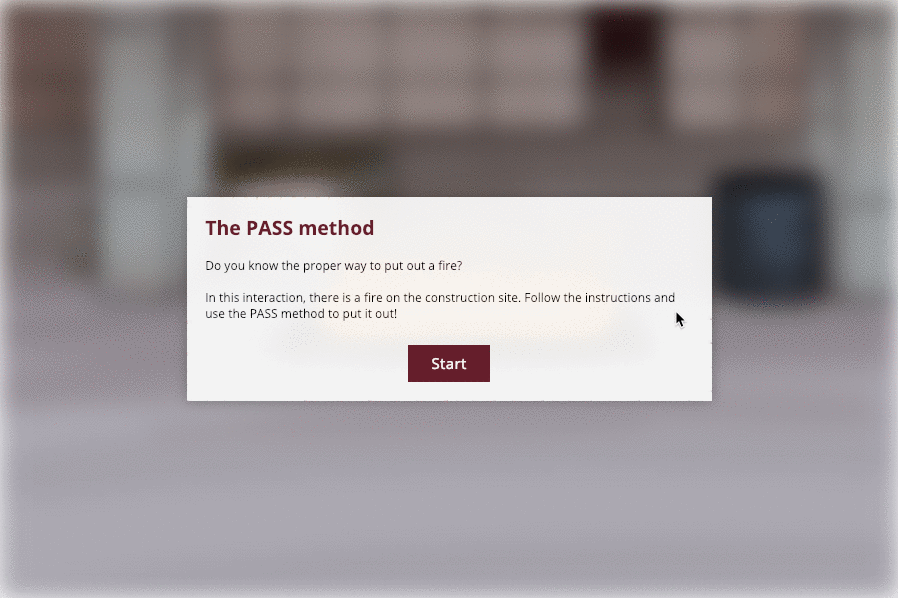So you’re thinking about making the switch from classroom training to eLearning—maybe you’re looking to take advantage of the flexibility, cost-savings, and consistency that online training has to offer. But one thing is holding you back—you’re wondering if those advantages come at the expense of learning.
That’s a great question! Impacts on learning should be top of mind when choosing a training option. Fortunately, research on this topic suggests that the quality of the instructional design and learning methods used is much more important than the mode of instruction. If the same methods are used in both eLearning and classroom training, the results of eLearning and classroom training will be equal. When you compare the methods that are typically used in each, eLearning comes out on top!
This is because eLearning often includes more of the factors that are known to improve learning—things like realistic practice, real-world contexts, spaced repetitions, retrieval practice, and feedback (Thalheimer, 2017). ELearning professionals can take your training to the next level, by applying best practices based on research to maximize learning.
Realistic practice and real-world contexts
Many classroom courses consist mostly of lectures, with little to no time spent practicing skills or applying knowledge. ELearning provides plenty of opportunities for learners to practice making decisions and applying knowledge in realistic contexts. For example, a learner might be presented with a scenario that they are likely to face on the job, along with several resources that they will have access to in real life. Rather than simply regurgitating information, the learner can practice finding the relevant information and applying it to the scenario. Based on the learner’s response, the scenario might be resolved, or another problem could arise.
Maybe you need your employees to be trained for hands-on practical tasks—that doesn’t mean eLearning is out! Simulation can be really useful for learning complex skills, especially when there’s danger involved (Salas, Tannenbaum, Kraiger, & Smith-Jentsch, 2012).

For example, with virtual fire extinguisher training, you can learn the steps of pulling the pin, aiming at the right spot, squeezing, and sweeping side to side, without the hazards of training with an actual fire. If you skip a step or aim incorrectly, it’s better to face the consequences in a simulation, than in real life!
It’s ok if the simulation isn’t identical to the target skill or task—the important part is the psychological aspect (Salas et al., 2012).
Spaced repetitions and retrieval practice
With traditional classroom training, learners might spend a full day in training on a topic, then immediately write the exam—passing with flying colours! However, if you test them again several months later, unless they’ve been regularly practicing their skills or applying that knowledge, they probably won’t remember much. Spaced repetition—taking the same total hours of training time, but breaking it up into shorter sessions over a longer period—works much better for long-term retention (Kang, 2016). That’s because every time the learner revisits the topic, they’ll have to work to recall what they previously learned. Those cognitive efforts pay off in better knowledge retention.
Retrieval practice has similar effects. When a learner is prompted to retrieve information from their memory—for example, by being asked a question—they’ll remember it way better than if they simply reread the material (even with a highlighter in hand!) In eLearning courses, course content will often be interspersed with quiz questions to promote retrieval practice. Sure, classroom instructors can ask questions too, but some learners tend to sit back and wait for someone else to answer, instead of putting in the effort themselves. Other learners might be willing to respond to a question, but they don’t get the chance to think it through before someone else jumps in with the answer. ELearning lets learners answer questions at their own pace, taking as much time as they need.
Feedback
Another benefit of eLearning is the capacity to easily provide individualized feedback to large numbers of learners. Did you know that the timing and type of feedback that works best for one learner, might not be best for another learner? Feedback should vary based on things like:
- the answer selected (correct/incorrect, or even which correct or incorrect option was chosen),
- the type of assessment,
- learners’ level of confidence in their answer, and
- learners’ familiarity with the content.
Delivering the right feedback at the right time can be tricky. Consult an instructional designer to make sure your learners are getting the type of feedback they need for long-term retention and behaviour change (e.g., Lefevre & Cox, 2016; Putnam, Nestojko, & Roediger, 2016).
Conclusion
The research clearly shows that you don’t have to compromise the quality of learning for the convenience or cost-savings that eLearning provides. In fact, well-designed eLearning can give you even better results, by capitalizing on strategies that are known to improve learning. Knowledgeable instructional designers and skilled developers are the key to getting the most out of your eLearning.
References
Kang, S. H. K. (2016). Spaced Repetition Promotes Efficient and Effective Learning: Policy Implications for Instruction. Policy Insights from the Behavioral and Brain Sciences, 3(1), 12–19. https://doi.org/10.1177/2372732215624708
Lefevre, D., & Cox, B. (2016). Feedback in technology‐based instruction: Learner preferences. British Journal of Educational Technology, 47(2), 248-256.
Putnam, A. L., Nestojko, J. F., & Roediger III, H. L. (2016). Improving student learning: Two strategies to make it stick. In From the Laboratory to the Classroom (pp. 106-133). Routledge.
Salas, E., Tannenbaum, S. I., Kraiger, K., & Smith-Jentsch, K. A. (2012). The Science of Training and Development in Organizations: What Matters in Practice. Psychological Science in the Public Interest, 13(2), 74–101. https://doi.org/10.1177/1529100612436661
Thalheimer, W. (2017). Does elearning work? What the scientific research says! Retrieved from https://www.worklearning.com/wp-content/uploads/2017/10/Does-eLearning-Work-Full-Research-Report-FINAL2.pdf
